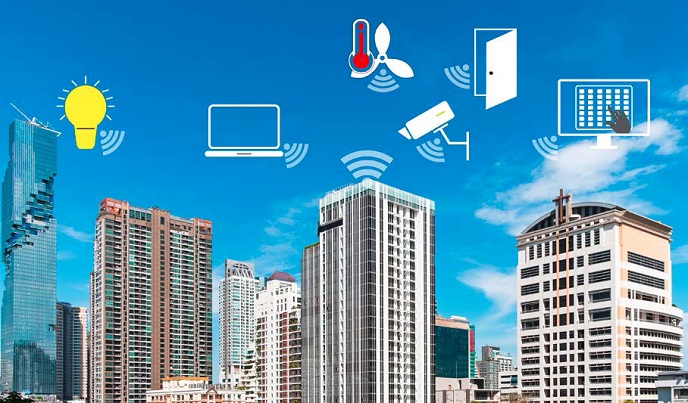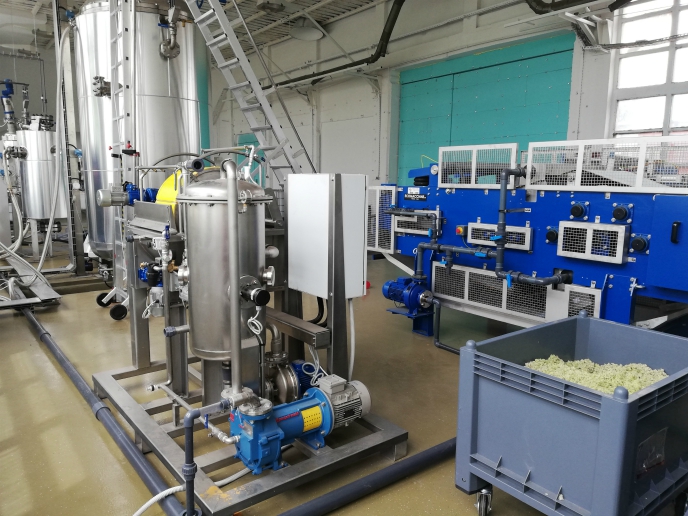Decreasing costs for the shipping industry
The shipping industry is an important pillar of the EU economy. Introducing innovative materials and technology into the design of new ships to enhance competitiveness is very complex. It is often not clear if, how and by whom these novel systems or materials can be repaired in case of damage. With the support of EU funding, the THROUGHLIFE(opens in new window) project was established to develop and validate new approaches for improved energy efficiency and through-life asset management. Close collaboration with industry stakeholders ensured identification of both the most relevant areas for improvement and the potential market scenarios to be addressed. For selected application scenarios, the consortium investigated promising new technologies and developed new business models to support market introduction through reduced uncertainty and risk regarding hidden costs. Scientists assessed the use of composites in a river cruiser sundeck to reduce weight and thus fuel consumption. A full-scale demonstrator proved the technical feasibility regarding strength and resistance to deflections. A life-cycle assessment produced promising outcomes. Despite significantly higher investment costs, the fuel savings and reduced maintenance contribute to an overall reduction in operational costs throughout the life cycle. Self-healing anti-corrosion coatings in ballast water tanks and anti-abrasive coatings for certain cargo spaces were also developed and tested. They showed excellent potential to reduce maintenance and replacement of components and demonstrate high potential for actual implementation. In the ballast water tank application, a condition monitoring system exploiting fibre optic sensors was also investigated to detect corrosion and optimise scheduling of maintenance. The sensor system could easily be extended to other structures subjected to changing internal or external conditions. Life-cycle performance analyses were conducted for all technologies to determine the ability to meet THROUGHLIFE objectives. The THROUGHLIFE project addressed the most important concerns of stakeholders regarding increasing costs associated with a shipping vessel's life cycle. The consortium developed new technologies and identified ways to enhance market introduction with new business models exploiting life-cycle benefits. Having identified exploitation routes, the technologies are now headed to market supported by business models that address end-user concerns.







